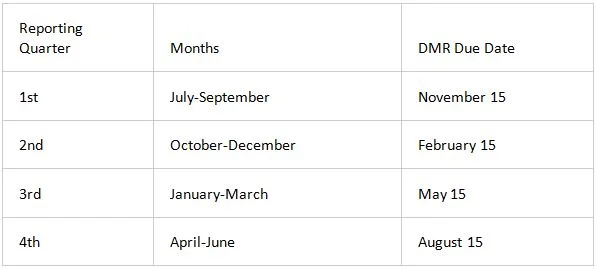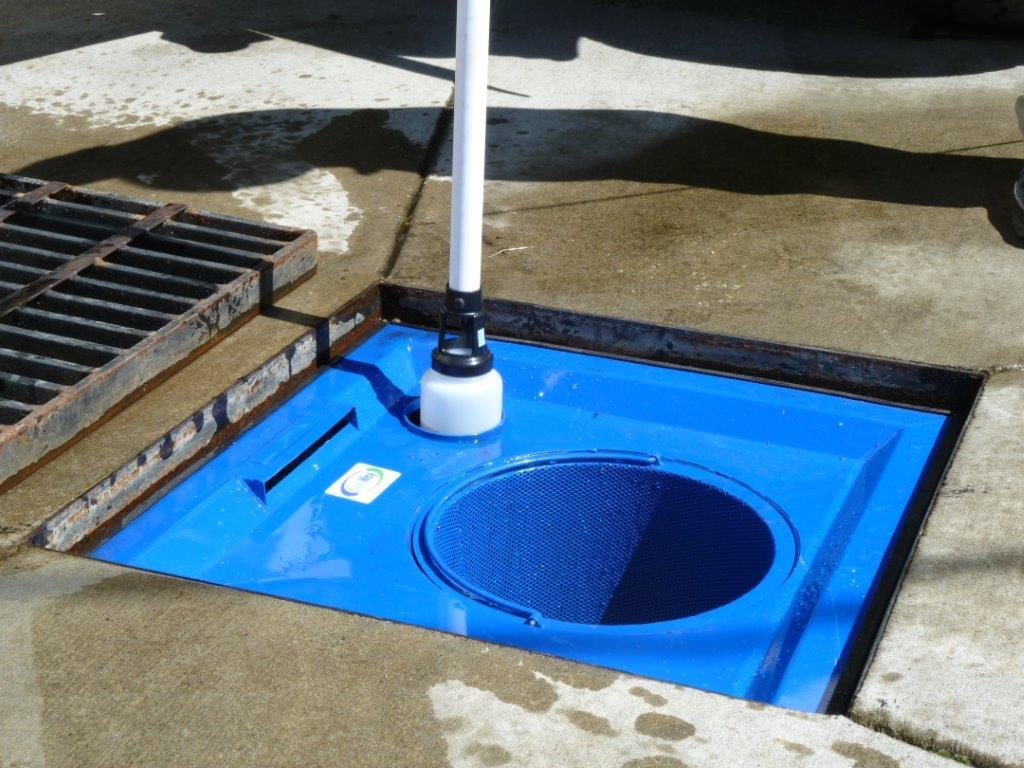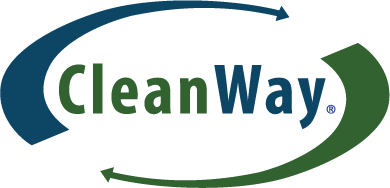
STORMWATER CONTROL MEASURES AND THE NATIONAL POLLUTANT DISCHARGE ELIMINATION SYSTEM (NPDES)
Stormwater runoff from the built environment remains one of the great challenges of modern water pollution control, as this source of contamination is a principal contributor to water quality impairment of water bodies nationwide. In addition to entrainment of chemical and microbial contaminants as stormwater runs over roads, rooftops, and compacted land, stormwater discharge poses a physical hazard to aquatic habitats and stream function, owing to the increase in water velocity and volume that inevitably result on a watershed scale as many individually managed sources are combined. Given the shift of the world’s population to urban settings, and that this trend is expected to be accompanied by continued wholesale landscape alteration to accommodate population increases, the magnitude of the stormwater problem is only expected to grow. In recognition of the need for improved control measures, in 1987 the U.S. Congress mandated the U.S. Environmental Protection Agency (EPA), under amendments to the Clean Water Act, to control certain stormwater discharges under the National Pollutant Discharge Elimination System. In response to this federal legislation, a permitting program was put in place by EPA as the Phase I (1990) and Phase II (1999) stormwater regulations, which together set forth requirements for municipal separate storm sewer systems and industrial activities including construction. The result of the regulatory program has been identification of hundreds of thousands of sources needing to be permitted.
1200-Z Stormwater Discharge Permit Reissued by Oregon DEQ
In August of 2018, the Oregon Department of Environmental Quality (DEQ) entered into a Settlement Agreement with environmental advocacy groups (Columbia Riverkeeper and Northwest Environmental Defense Center) and a group of industrial stormwater permittees (Oregon Industrial Stormwater Group) that outlined changes to the 1200-Z Stormwater Discharge Permit, which was reissued on October 22, 2018.
Below, we’ve summarized the 1200-Z Permit changes:
Regional Benchmark for Zinc
The regional benchmark for total zinc was raised back to 0.12 milligrams/liter (mg/L) (from 0.090 mg/L). The 0.12 mg/L benchmark will now apply to all of Oregon, except for the Columbia Slough Watershed where the zinc benchmark is higher (0.24 mg/L).
Frequency of Impairment Pollutant Monitoring
The frequency of impairment pollutant monitoring was increased from two to four times per year. Impairment pollutant sampling will now be conducted at the same frequency as benchmark sampling. Many facilities (e.g., those in the Portland Harbor, Lower Willamette, parts of the Columbia River) have a long list of impairment pollutants, and this change could significantly increase their sampling overhead if they do not obtain a monitoring waiver.
““Our suite of filtration elements are interchangeable and fit seamlessly into our highly engineered “full capture” Manufactured Treatment Devices (MTDs) for stormwater. If you’re an Oregon 1200-Z permit holder, we have a solution for any of the following: trash & debris; sediment & TSS; oil & hydrocarbons; dissolved zinc only and; dissolved heavy metals.”
Tier I Reports
Tier I Reports prepared in response to an exceedance of an impairment pollutant reference concentration now have to be submitted to the DEQ or agent no later than 60 days after receiving monitoring results.
Since the reference concentrations for impairment pollutants are typically equal to surface water quality standards (while benchmarks are typically higher), many facilities struggle to meet these standards. For example, many Oregon industries struggle to consistently meet the total iron reference concentration. If you are one of those facilities, make sure that you remember to select and implement a corrective action, document it in a Tier I Report, and submit it within 60 days of the issuance of the lab report. The Tier I corrective action should still be implemented within 30 days of receiving the lab report.
Tier I Reports prepared in response to benchmark exceedances will continue to be filed on site.
Discharge Monitoring Reports
The past versions of the 1200-Z Permit required annual submittal of a Discharge Monitoring Report (DMR). The re-issued 1200-Z Permit increased the reporting frequency to quarterly with the following deadlines:
DMR Submission Deadlines

The fourth quarter DMR (due August 15) submitted during the second year of the 1200-Z Permit (for most permittees, the second year is the 2018-2019 Permit year) will need to report the geometric mean of the samples collected between July 2018 and June 2019. The geometric mean will determine whether a Tier II corrective action (treatment) is required. Don’t forget that the 1200-Z Permit allows you to collect more than the minimum four samples, as long as they are at least 14 days apart.
As a reminder, DMRs must include the following:
Monitoring results entered into the DEQ’s DMR Form (new DMR forms have not been published by the DEQ yet) certified by the “responsible corporate officer.”
Lab reports that include method detection limit, the analytical method, and the lab’s quality assurance/quality control records pH field notes (calibration records, date/time of sample collection and measurement, and measured pH values).
Monitoring Variances
If a portion or all of the stormwater generated at your site infiltrates or is re-used on site, and you are unable to collect a minimum of four samples due to “no discharge” conditions, you will need to request a Monitoring Variance. Variance requests will have to be submitted semi-annually, along with the second and fourth quarter DMRs (due February 15 and November 15).
Per the DEQ’s Monitoring Variance Request Fact Sheet, the request for a variance must include:
• A hydrologic analysis conducted following good engineering practices
• Rainfall records from nearby published rain gauges or an on-site rain gauge
• “No discharge” records (inspection records and/or photos, flow sensor/meter data)

All of our filtration units are equipped with easy to use sample ports for simple compliance testing
Representative Sampling
If run-on from neighboring properties or non-industrial areas of the site comingles with industrial stormwater at your facility, the comingled flow is regulated under the Permit. Samples representative of industrial activities must be collected (to the extent practicable) at/near the property line, before on-site flows combine with off-site stormwater, receiving waters or discharges permitted under separate permits (e.g., cooling water, wastewater). This may impact many facilities located in ports or industrial parks where a single storm sewer system drains multiple facilities.
New Dischargers to Impaired Waterbodies
The re-issued 1200-Z Permit also tightens the requirements for new facilities that propose to discharge to impaired water bodies (e.g., Lower Willamette River and the Portland Harbor, Columbia Slough, parts of the Columbia River).
““We named our company advisedly; CleanWay Environmental Partners is all about the partnership between the industrial site permit holder, their engineering firm or specifier and CleanWay Environmental. We offer our clients a deep reservoir of applied technology across a wide spectrum of water treatment solutions. If you have a unique water treatment of filtration challenge, we invite your inquiry.”
With over 25 years of experience, CleanWay Environmental Partners is dedicated to providing clients with affordable stormwater runoff solutions. Located in Portland, OR, our skilled staff is committed to serving customers nationwide with first-rate catch basin filters, downspout filtration units, premium leachate treatments, and heavy metals extraction products. Call (800) 723-1373 to request a quote and to learn more about how we can help you comply with environmental regulations.
